In her prime, Mary Garden was one of the world’s most famous women.
During a glittering opera career, flowers were flung adoringly at her feet on stages throughout America and Europe.
The Aberdonian sensation even made it onto the cover of Time magazine in 1930, and Noel Coward called her “one of the greatest operatic actresses in the world”.
But she went from being a virtuoso to a virtual unknown when she ended her days penniless back in her hometown.
Just 50 people attended her funeral at the city’s crematorium.
And now, there are few left in Aberdeen who even know her name.
Mary Garden’s life story is the stuff of Hollywood fiction
While the life of her stage successor Maria Callas is now being celebrated in a new film starring Angelina Jolie, we look back at the life and times of this forgotten figure.
It is a story equally worthy of the big-screen treatment.
The diva was born in Charlotte Street in 1874 and found fame in Paris and New York.
French composer Claude Debussy selected her to play the lead in a new opera, while others wrote roles especially for her.
By 1910, she was a household name in America, even flexing her acting muscles by appearing in silent films produced by movie mogul Samuel Goldwyn.
Her talent was such that she was the principal soprano of Chicago Grand Opera for more than 20 years.
But she faded from the limelight while spending her final decades back in the north-east.
Despite earning millions in her heyday, by the time she died in 1967 she had just £34 in her purse and £2 in the bank.
Aberdeen playwright and author Mike Gibb has been on a mission to shine a new spotlight on Mary – penning a play about her some years ago.
UK’s ‘most famous opera singer ever’
Mike became fascinated by the diva’s life story while writing about opera for the prestigious Show Music magazine.
In his book Forgotten Heroines of the North East, the author describes Mary as “the finest and most famous opera singer the UK has ever produced”.
But he adds that, even at the height of her powers, she was “paid scant regard” in Aberdeen.
These days there is a plaque on the wall of her former home at Dee Street, a memorial stone close to where she lived at Craigie Loanings and a display in the new Hall of Heroes at Provost Skene House.
But Mike feels more should be done to celebrate the local icon…
He points out that the Mary Garden Room – a cafe featuring a shrine detailing her extraordinary life – was dumped when Aberdeen Music Hall was done up a few years ago.
Mary Garden’s renown took Mike by surprise
Mike had previously written a play about another of Aberdeen’s historic female figures, Mary Slessor, when his attention turned to her operatic namesake.
“When I started researching her, I found that very little had been written about her,” he told us.
“I didn’t know just how big she was, I didn’t appreciate she was this superstar!”
Mike adds: “In France, there are squares and boulevards named after her.
“But in Aberdeen, we have lost her memorial at the Music Hall, and I am still annoyed about that.
“When I called the architect to ask about it, I found out everything in there had been dumped.”
Mary’s generosity at HMT
Mike’s book explains why it is especially appropriate that Mary should be celebrated in the city’s theatres.
During World War II, she had to flee Paris – leaving behind most of her possessions and later learning that the Germans had “commandeered her five cars as well as occupying her home”.
Back in Aberdeen, she became a regular at His Majesty’s Theatre, and would often buy blocks of tickets for injured servicemen or those home on leave.
Speaking to the Press and Journal, Mike tells us he would like to see more done to honour Mary.
“She is known more in the opera world than she is here, without a shadow of a doubt.
“Anybody who is an opera buff would know her.
“After she retired, she would go back to America and do these popular talks… Then she would come back to Aberdeen, where nobody knew her.
“I do feel there should be something more to remember her here.
“Even if it was something like the Mary Garden room, it wouldn’t necessarily need to be a statue.”
Mike adds: “It’s a different world now, and the likes of Emeli Sande and Annie Lennox are extremely well-known.
“But still when I mention Mary Garden, people normally don’t know who she is.
“We shouldn’t turn our backs on those who have come before.”
Do you think more should be done to honour Mary Garden in Aberdeen? Let us know in our comments section below
How you can remember Mary Garden in Aberdeen
One of few public acknowledgments of Mary’s life is a modest stone planted near her old home in the west end.
This was improved recently, with a display dedicated to her in the Hall of Heroes at Provost Skene House.
Alongside a panel on the “glamorous, talented and often outrageous” singer is a collection featuring the grey suede boots she wore at New York’s Manhattan Opera House in 1908.
Visitors get the chance to hear a snippet of an interview about her time in Chicago, and her rendition Debussy’s Ariettes.
After she died, her sister burned a mound of letters sent to Mary from Debussy.
In his book, Mike says that “sadly” her sibling was correct when she said “nobody was interested” in them.
Spending her final days as something of an unknown in the north-east, Mary would never have guessed that Aberdonians would still be enjoying her voice 50 years on from her death.
Information on Mike’s book can be found here.
Read more:
Calls for Aberdeen arts venues to celebrate the city’s ‘forgotten’ opera legend Mary Garden
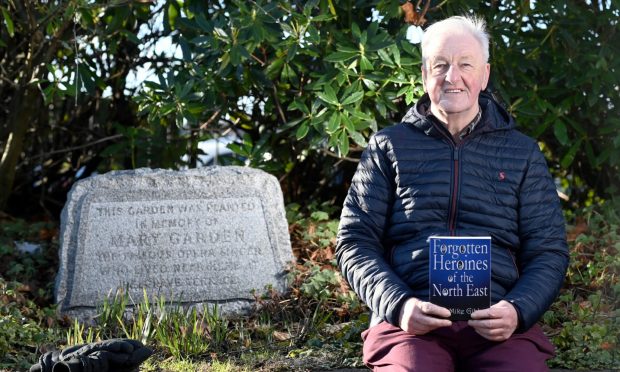
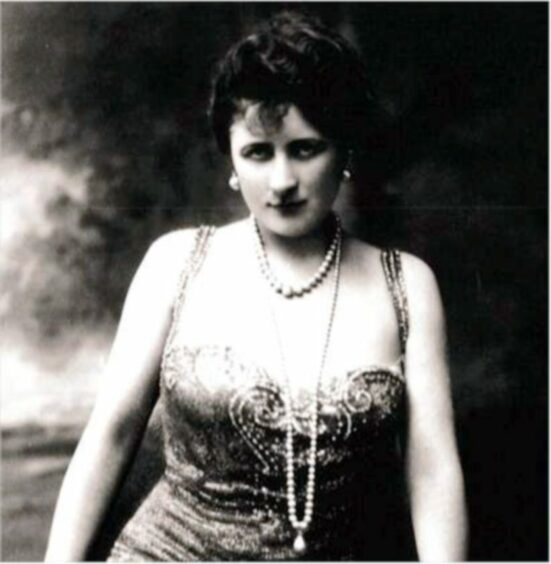
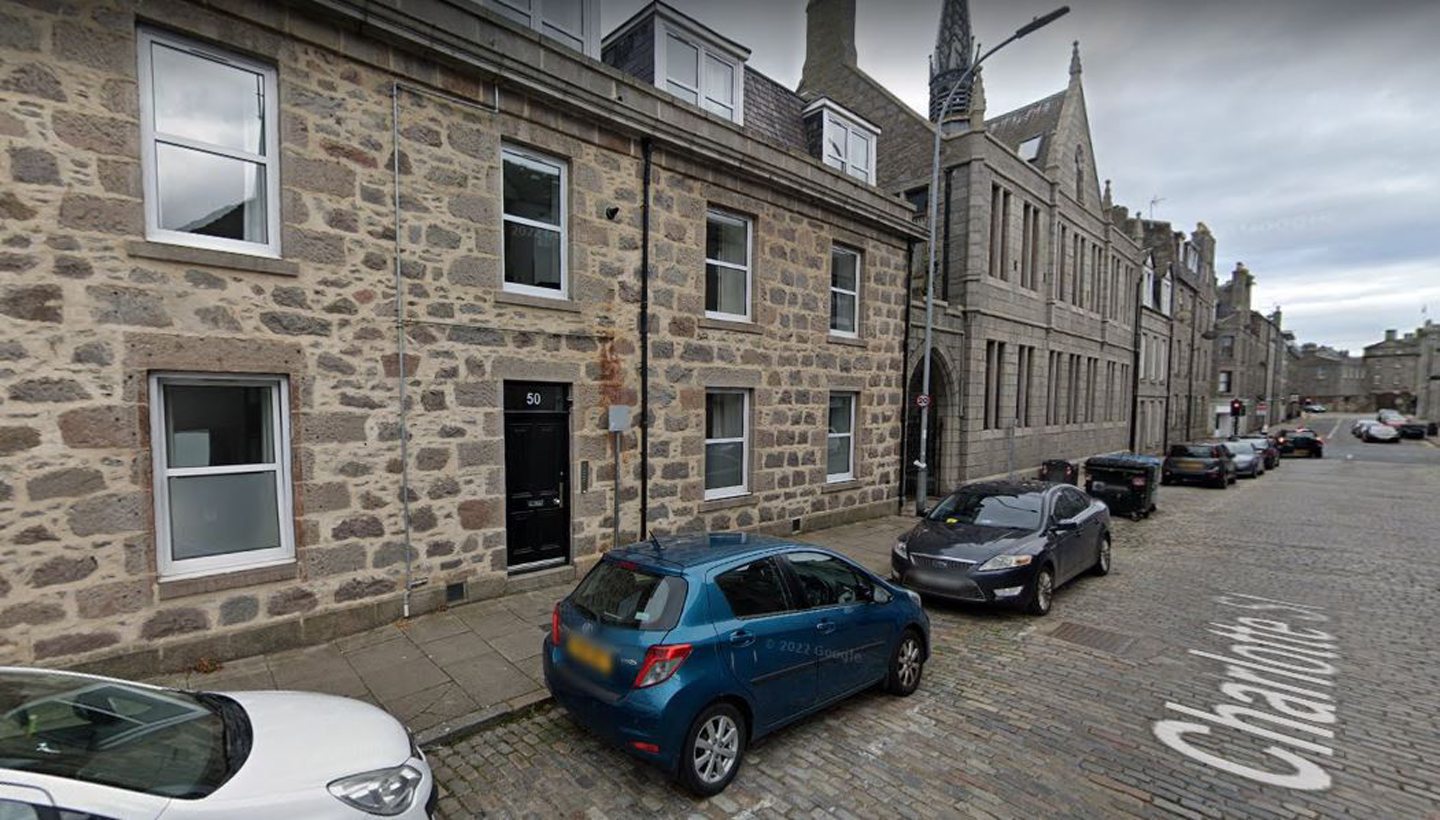
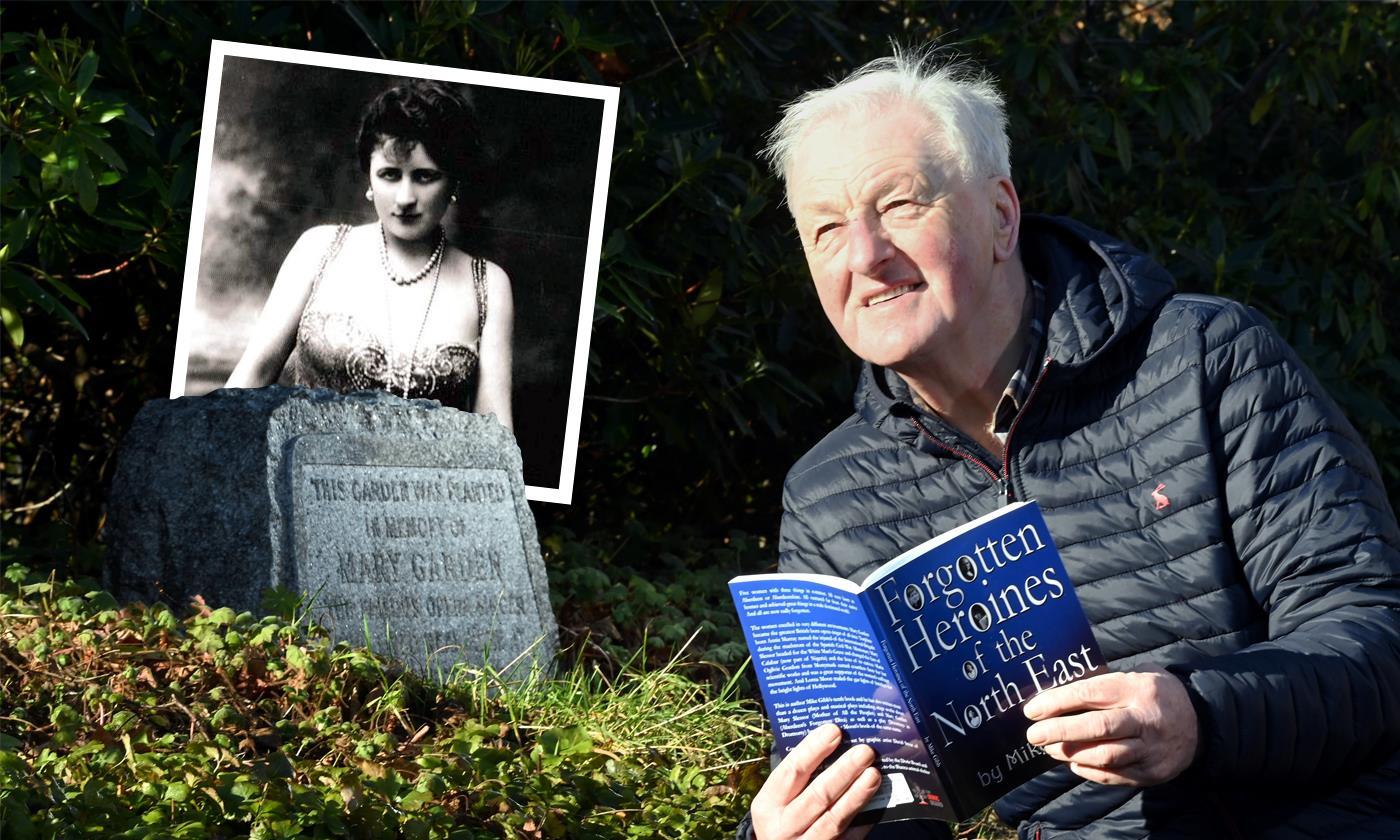
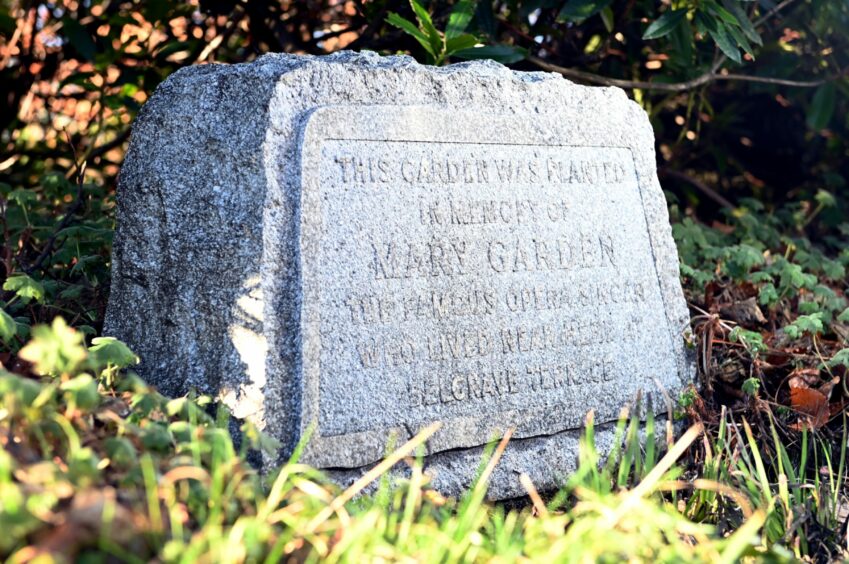
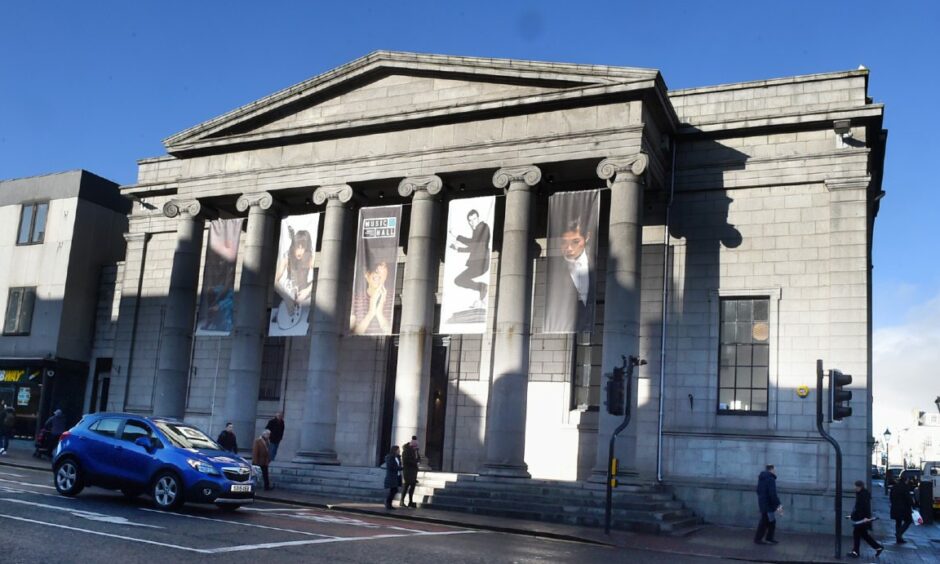
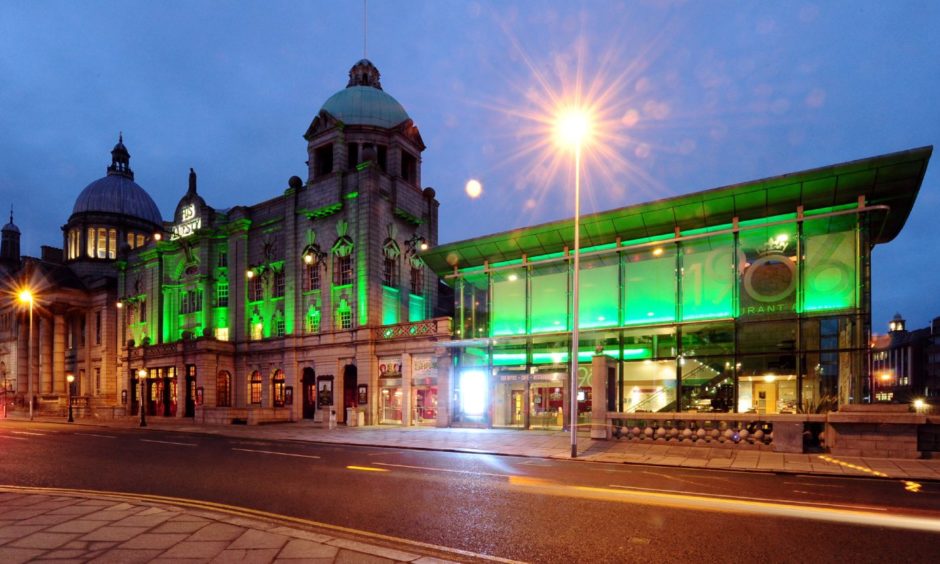
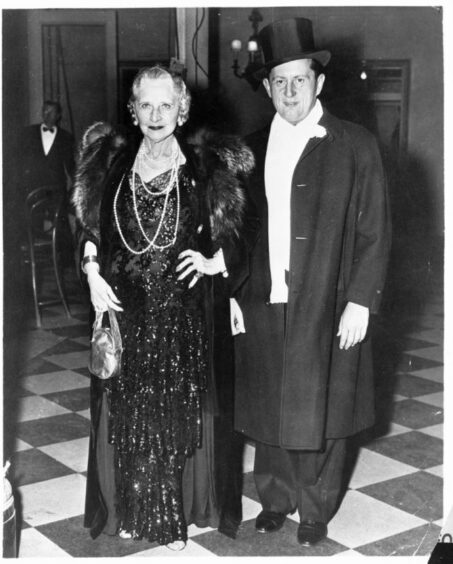
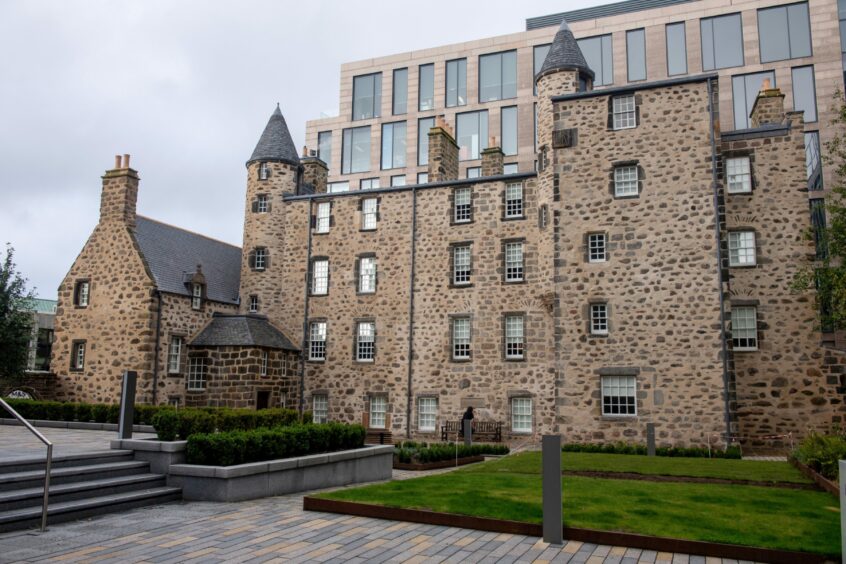
Conversation